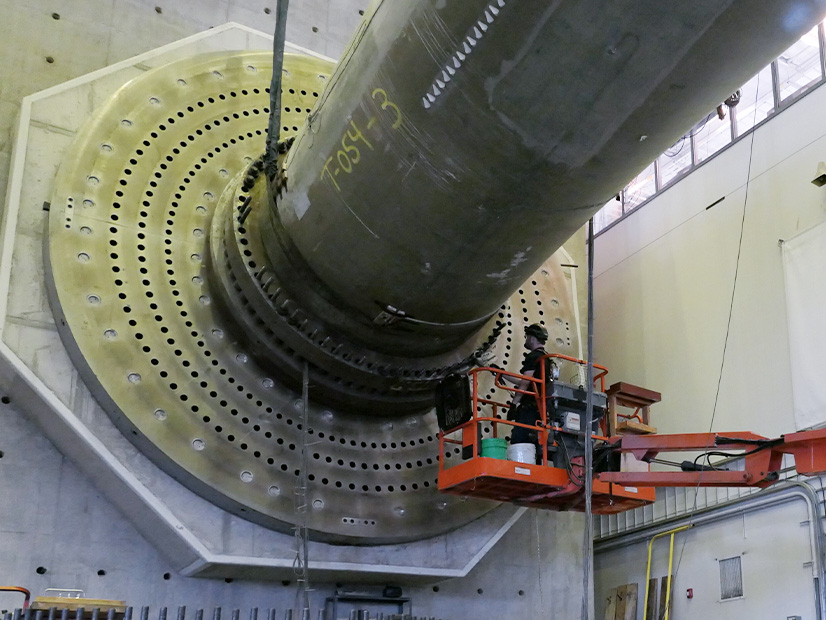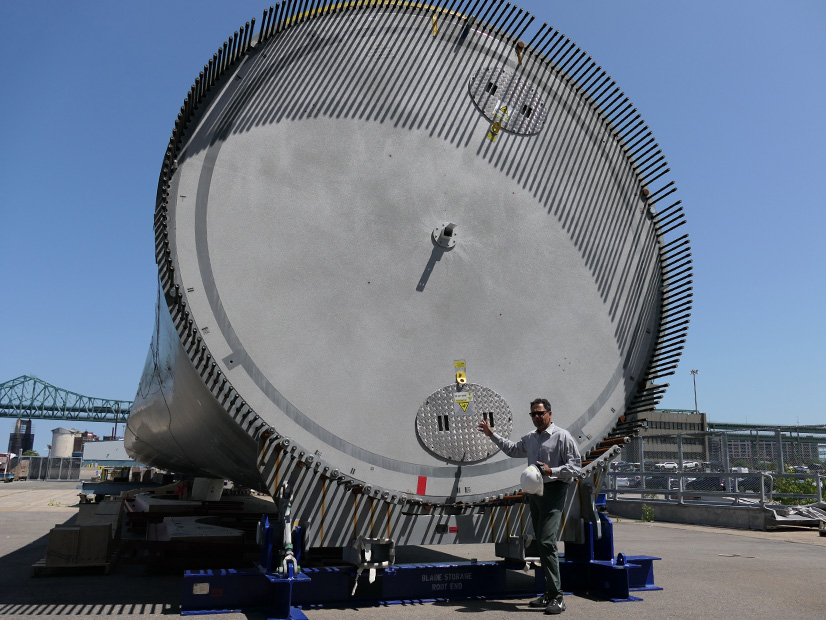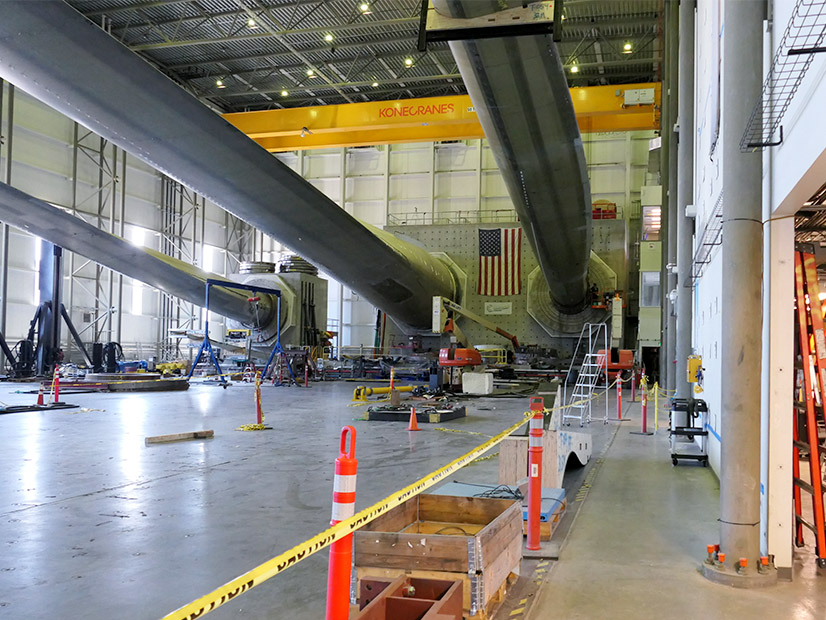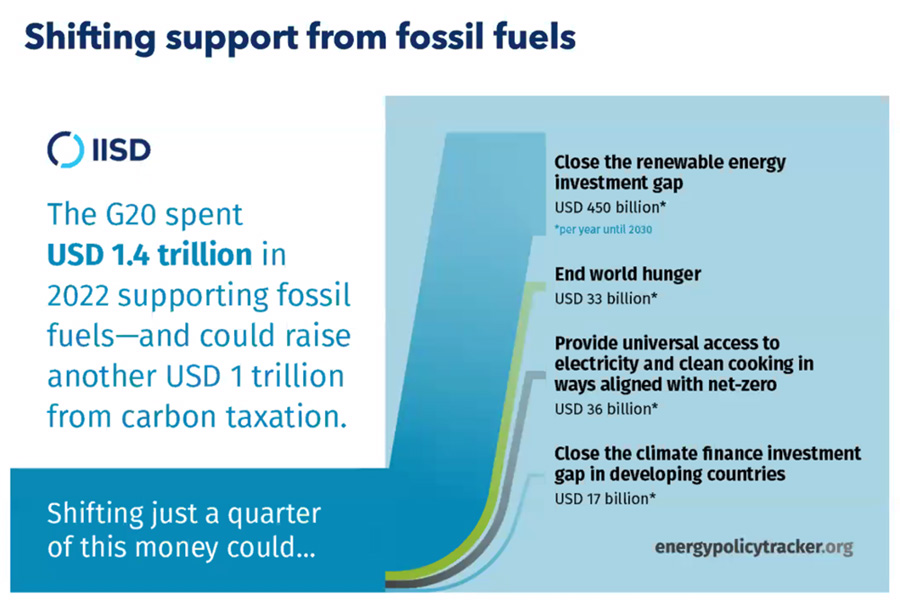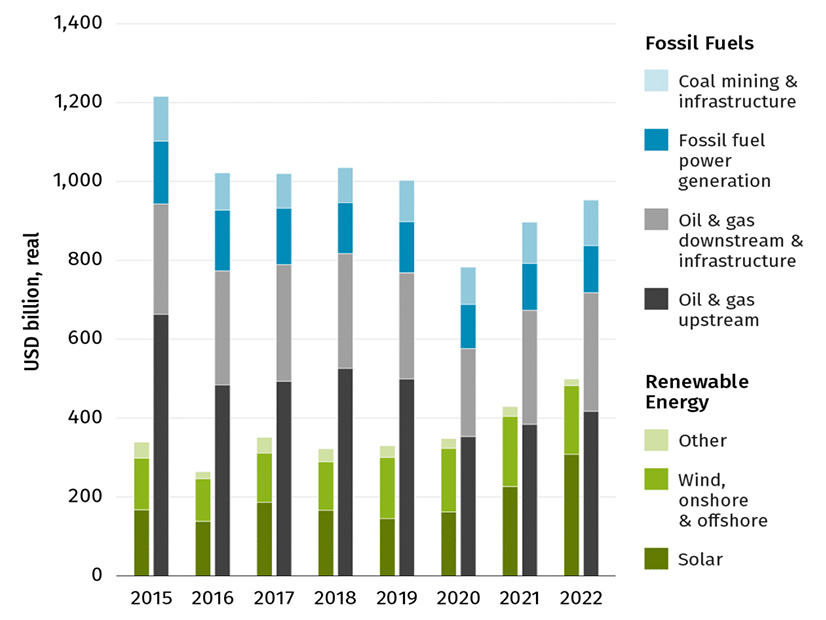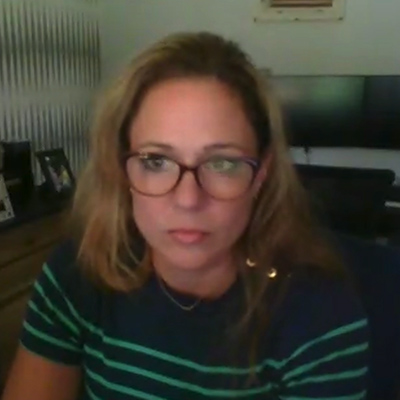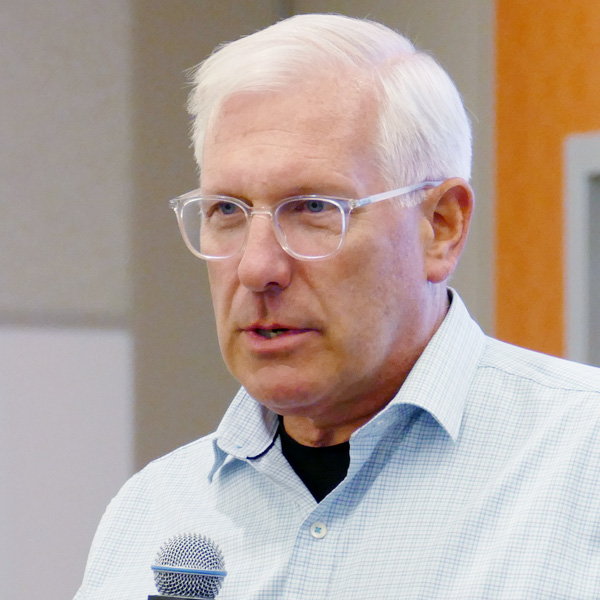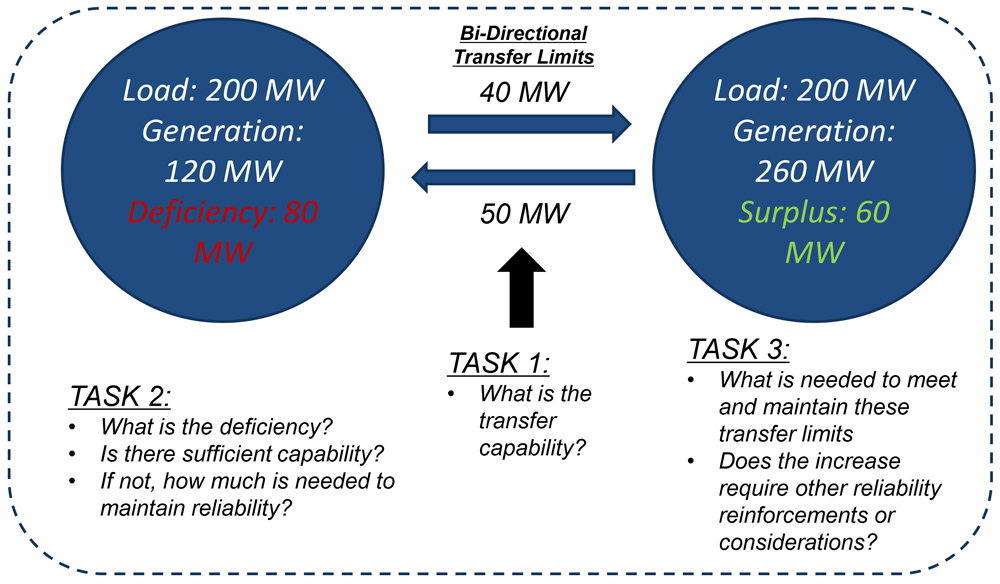CHARLESTOWN, Mass. — In a massive warehouse surrounded by a sprawling parking lot at the edge of the Mystic River, a small team of engineers is hard at work testing the wind turbine blades that could power a major portion of the state’s electricity needs over the coming decades.
The Wind Technology Testing Center (WTTC) is the only commercial-scale facility in the country capable of testing the long-term durability of large wind blades. These have included the 350-foot-long blades for the Vineyard 1 project off the state’s coast, an 806-megawatt wind farm expected to come online in the fall.
The center is overseen and supported by the Massachusetts Clean Energy Center but has only seven full-time employees at the facility. The small group of engineers perform a wide range of tasks from data analysis to suspending the several-hundred-foot-long blades in midair across the length of the floor.
The WTTC opened in 2011, originally testing onshore blades about half the size of those tested for the Vineyard 1 project. The size of the blades has increased rapidly in recent years.
“The last four years have been extremely busy for us,” WTTC Executive Director Rahul Yarala told RTO Insider. Yarala noted that along with the steady demand for blade testing, “longer blades take longer to design, build and test.”
Located just past the Tobin Bridge upstream from Boston Harbor, the location allows the WTTC to receive blades via cargo ship, as many of the blades are too large to arrive by truck.
Inside the facility, three blades are attached to the wall and suspended midair, where they’re manipulated to simulate the wear a blade will experience over its lifespan, from everyday use to severe impacts from extreme storms. At the end of a blade’s testing process, the engineers sometimes will bend the blade past the point of collapse to test the outer limits of its durability.
As the only large-scale blade testing facility in the country, Yarala sees the WTTC as playing an essential role in enabling the domestic offshore wind supply chain sought by the Biden administration.
“It is very important for the U.S. offshore market and domestic supply chain to have the necessary infrastructure to provide blade testing capabilities both for new product development and reliability of the turbines being deployed,” Yarala said. “It takes a lot of coordination and cost to transport a long offshore wind blade and hence it is a great benefit to have this testing capabilities in U.S. as the domestic supply chain is being developed.”
As blade models have gotten longer and heavier, the largest offshore wind blades no longer fit in the WTTC facility, requiring the tips of the blades to be cut. To keep up with the increasing blade sizes, the WTTC hopes to obtain funding to expand the testing space.
“The industry partners are demanding it,” Yarala said. “We might fall back if we don’t expand and have the capacity to test longer blades and higher loads.”
While the center initially was funded largely using federal money, its day-to-day operations are entirely self-sufficient based on the fees it charges clients for blade testing. The state already has allocated $10 million of federal funding from the American Rescue Plan Act (ARPA) for the design and early construction of the WTTC expansion, but the center has not yet procured full funding for the expansion.
“We are continuously exploring different potential funding sources, including all relevant federal funding opportunities, and also working with the state officials who are supportive of the WTTC expansion,” Yarala said.
In 2022, Republican then-Gov. Charlie Baker proposed using $70 million in ARPA funds to pay for the expansion, but ultimately failed to secure the funding. Democratic Gov. Maura Healey’s administration also supports expanding the facility.
“The Healey-Driscoll administration is committed to the expansion of MassCEC’s Wind Technology Testing Center,” a spokesperson for the Executive Office of Energy and Environmental Affairs told RTO Insider. “We are considering every option to fund this much-needed expansion that will advance Massachusetts’ clean energy industry.”
The governor’s March supplemental budget proposal included $35 million to be transferred to the Clean Energy Investment Fund, which could have been used to support the WTTC expansion.
The expansion proposal appears to have some support in the state legislature, which has passed bills promoting offshore wind development over the past two legislative sessions. So far this session, a range of often-competing interests including utilities, environmental organizations and labor have supported bills increasing the state’s offshore wind procurement goals. (See Utilities, Generators and Wind Developers Spend Big on Lobbying in Mass.)
The center is one of the few places in the region where individuals can get a close-up look at the massive blades that have the potential to power the state’s clean energy transition, and the center holds frequent tours for a variety of groups interested in offshore wind technology.
“We’ve seen rapid changes in the technology and size of the turbines and blades, at such magnitude that nobody could have anticipated 10 years ago,” said state Rep. Jeffrey N. Roy (D), House chair of the Joint Committee on Telecommunications, Utilities and Energy, who supports expanding the facility. “We are trying to make Massachusetts a leader in offshore wind in the nation, and the testing services that this facility provides are a critical component of that.”
